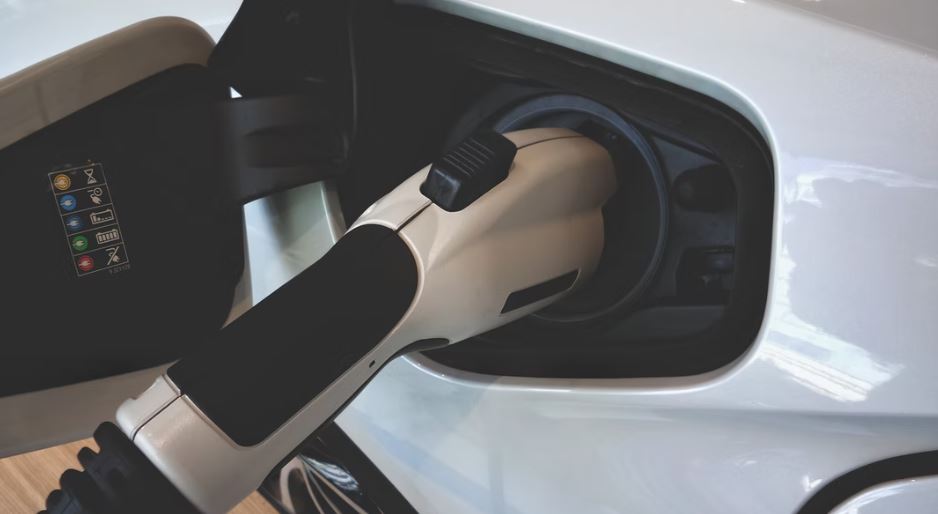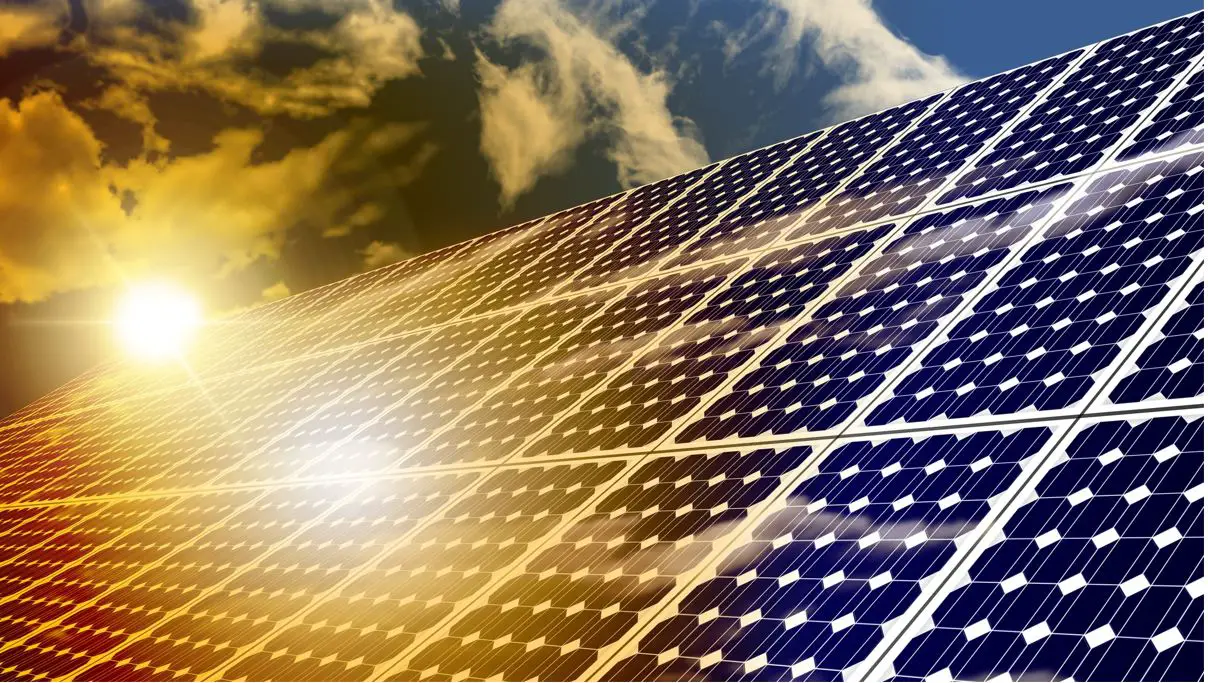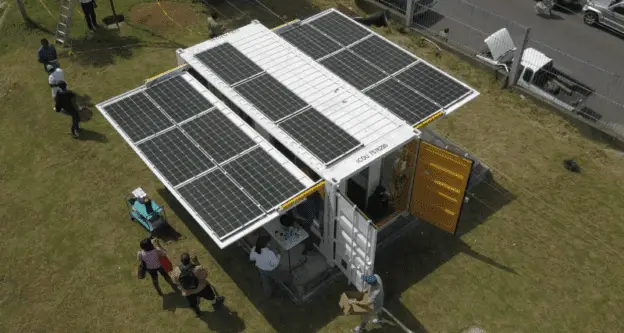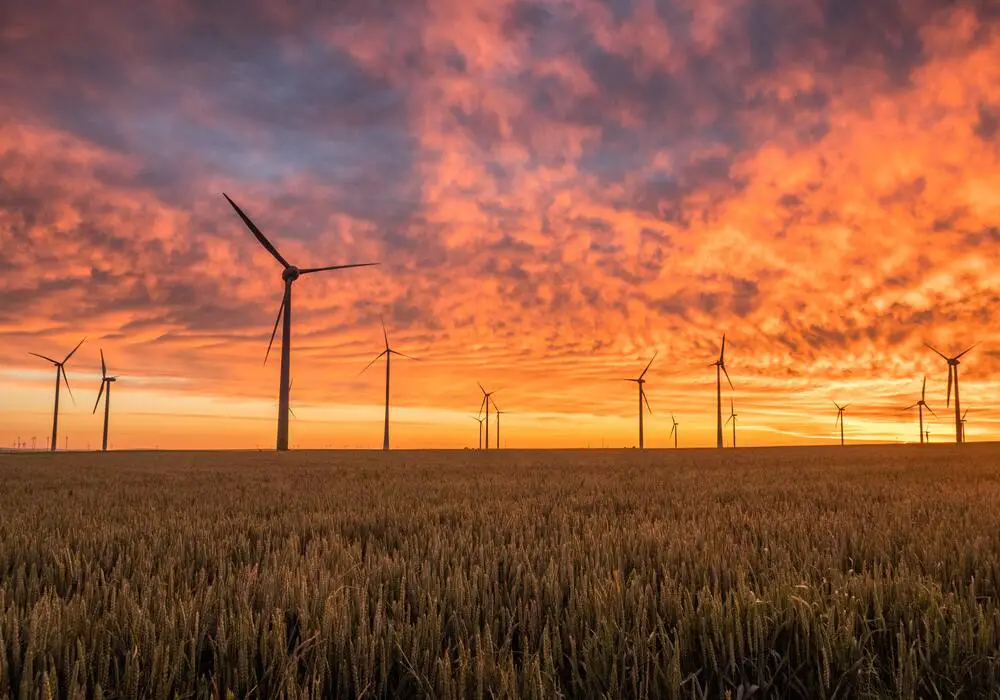Large-scale use of renewable energy is the key way to ensure that the world’s energy is sustainable. In this process, the new energy storage technology, represented by electrochemical energy storage, has become an important support for the continuous increase.
According to TrendForce statistics, the global installed capacity of electrochemical energy storage is expected to be around 65 GWh in 2022 and reach 1,160 GWh by 2030. 70% of demand comes from electricity generators, which are the main power source to support the installed electrochemical energy storage capacity.
TrendForce said that at this stage, fossil energy still dominates the global electricity generation structure, but in the future, the share of renewable energy in the electricity system will increase as net zero carbon emission targets advance in various countries around the world.
With new power generation and large-scale access to electricity consumption, the entire power system will switch from “power supply, grid, load” to “power supply, grid” to overcome intermittent and fluctuating wind power. Load and energy storage, energy storage will be the fourth core element of the new power system, and the new energy storage technology will become a new kinetic energy storage for the power system decarbonization.
It is worth noting that energy storage application scenarios include various power scenarios such as power supply side, grid side, user side and distributed microgrid.
Among these, electrochemical energy storage technologies, represented by lithium-ion batteries, sodium-ion batteries, flow batteries, etc., have shown rapid development at home and abroad in recent years, and their application scales have grown from megawatts (megawatts, MW) to gigawatts (GW).
Electric Cars and Battery Production

Specifically, thanks to the rapid development of power batteries, the lithium-ion battery industry chain has entered a mature stage of commercialization, and its application in energy storage also occupies the mainstream of the electrochemical energy storage market with its market share.
This share is more than 90%, but in recent years, due to the limitations of lithium resources, the cost of using lithium-ion batteries has increased significantly; In terms of sodium ion batteries, although industrial settlement is still in its infancy, the advantages of high-priced lithium sources, abundant raw material sources for sodium ion batteries will be exploited in large-scale applications.
These batteries are expected to complement lithium-ion batteries in the future; It will also meet the demands, as it can better meet the needs of long-term energy storage (energy storage time ≥ 4 hours) in the power system for flow batteries.
Future large-capacity long-term energy storage applications will all be used to develop technologies such as vanadium flow batteries and zinc-bromine flow batteries. In addition, the raw materials and recycling of these batteries are easy and have entered the R&D stage.




